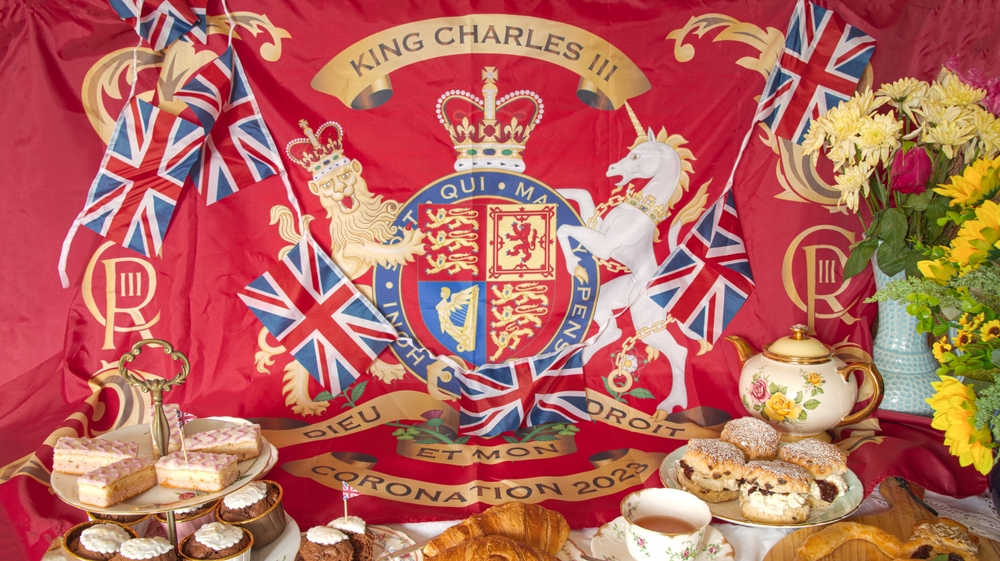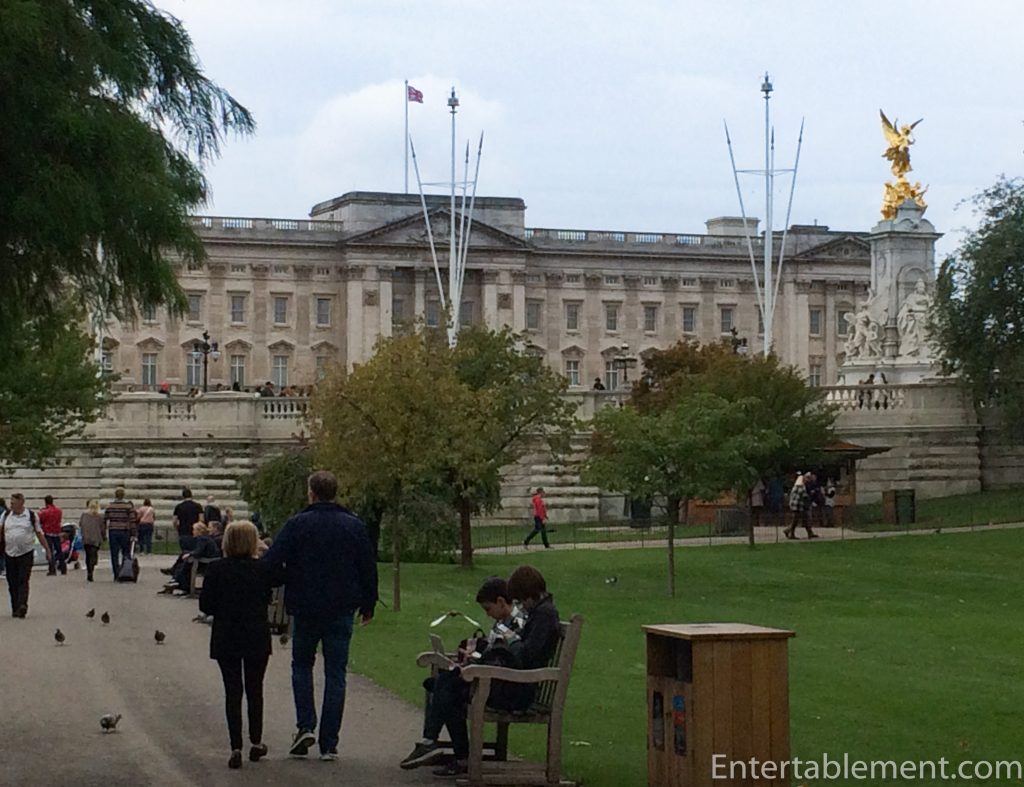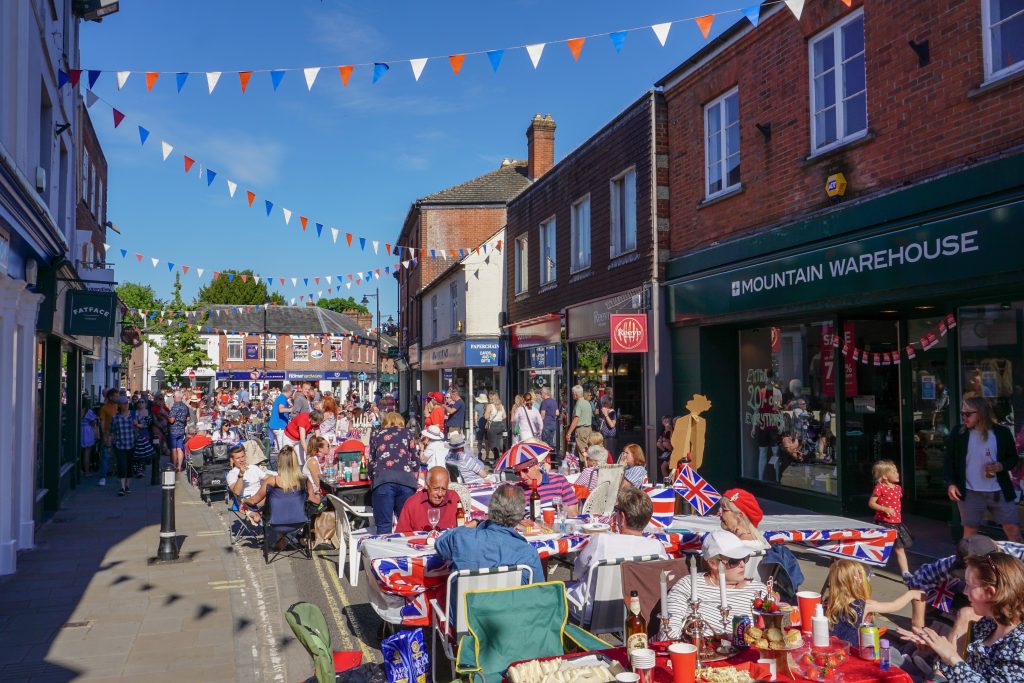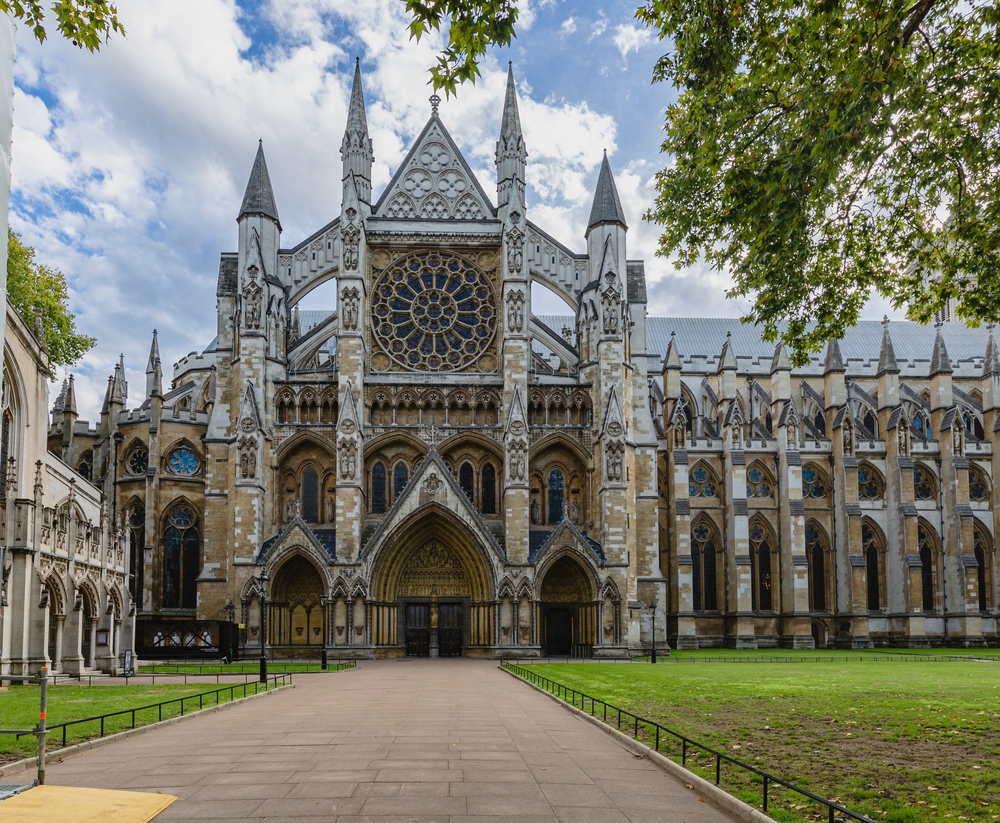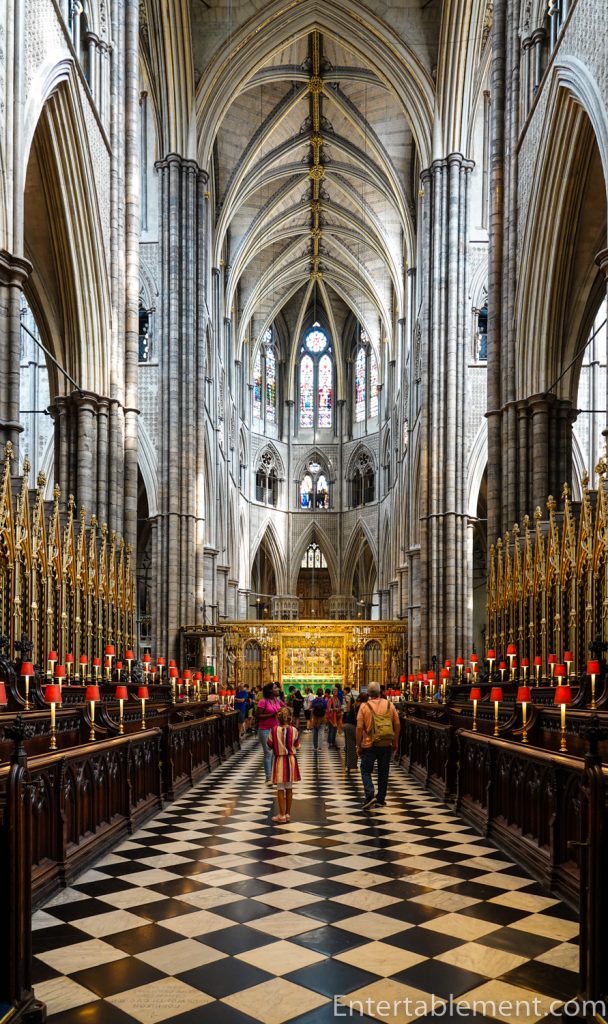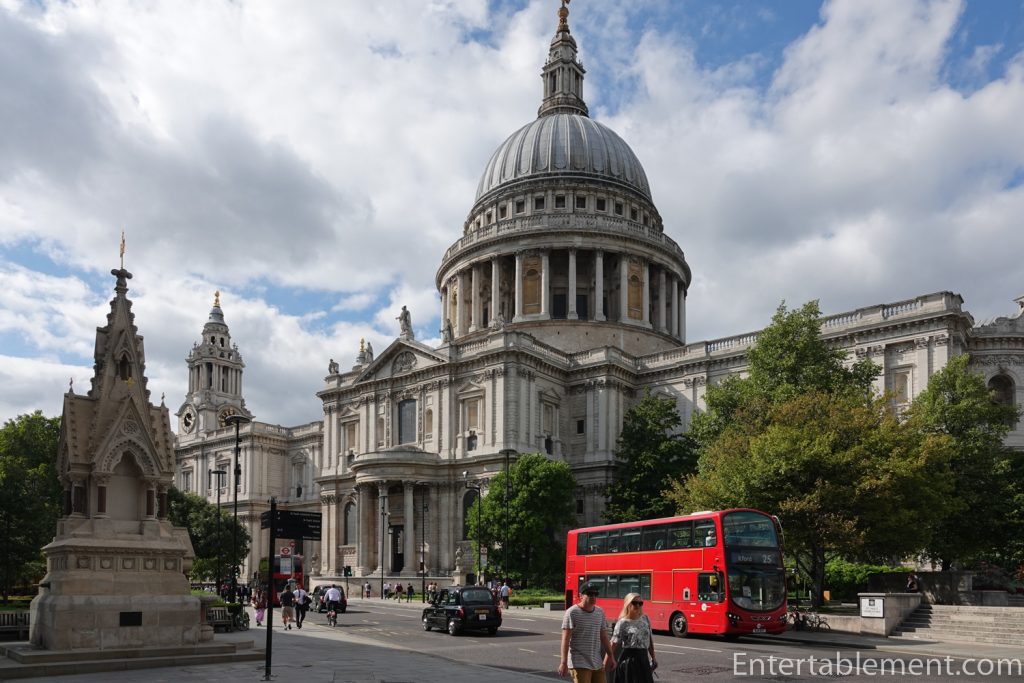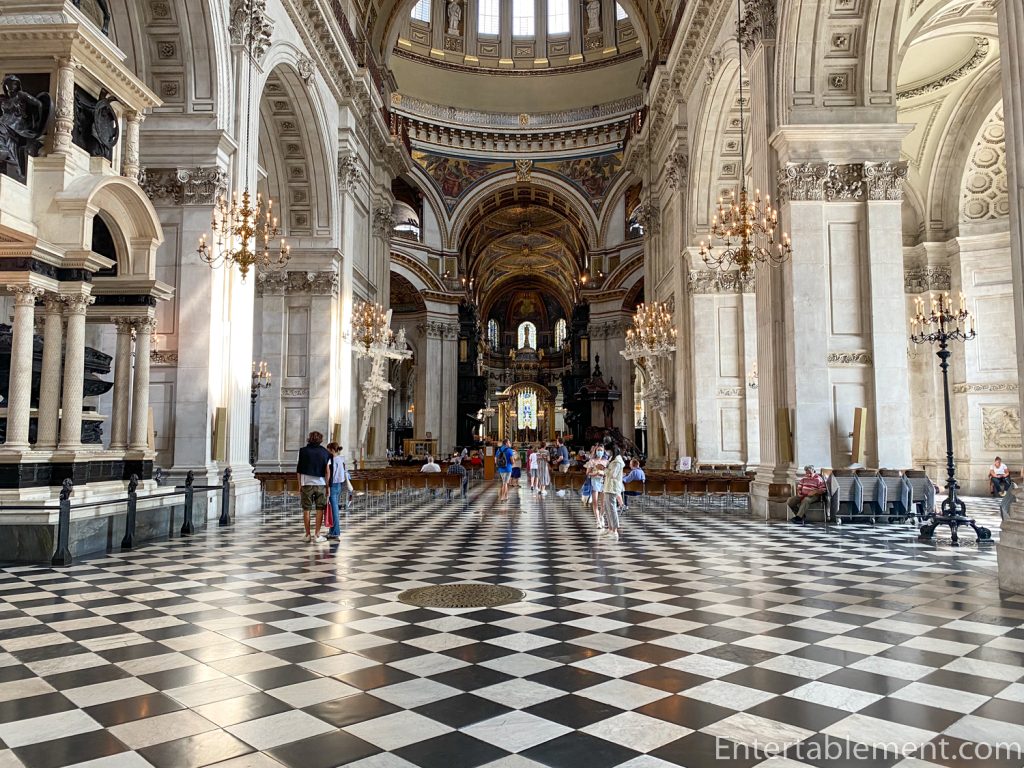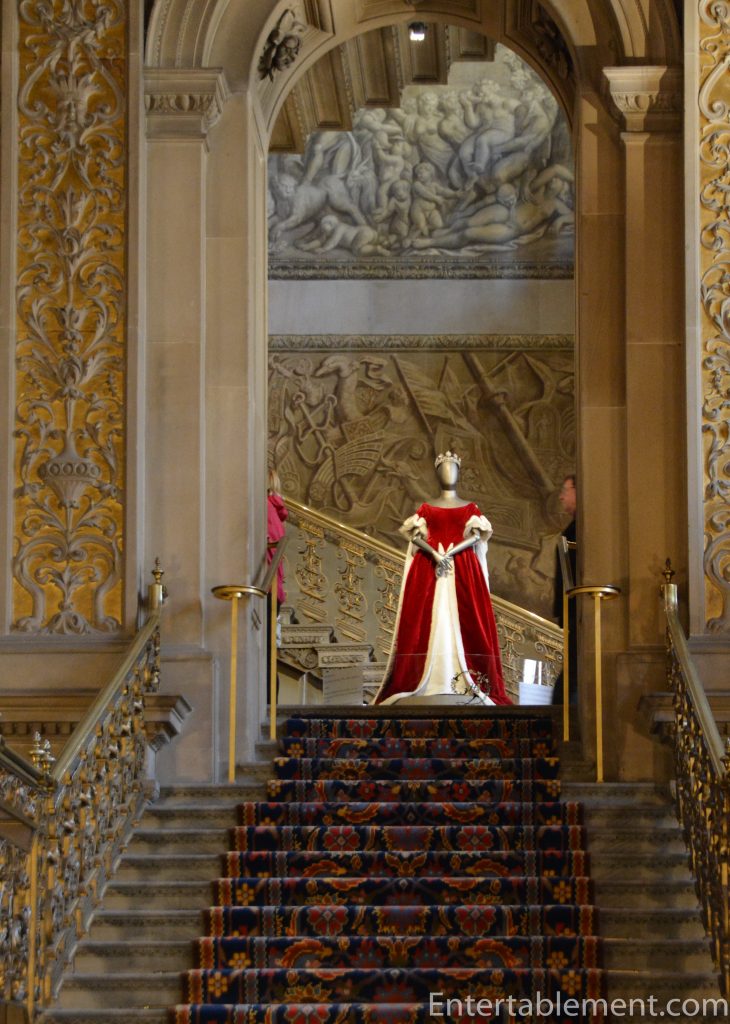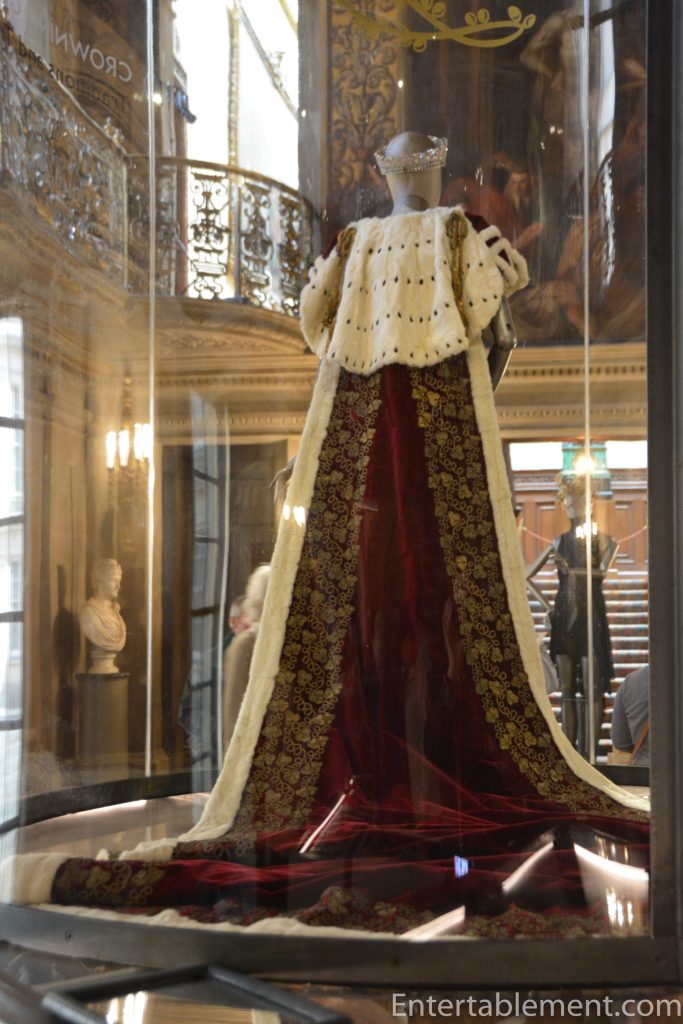London is abuzz with preparations for the Coronation. When we visited in early April, the street in front of Buckingham Palace was already closed off, with tiered seating erected across the Mall and nearby Green Park. The scale of preparation for the historic event is mind-boggling. Still, it’s been 70 years since the last Coronation, and things have changed a bit. Technology comes to mind, to say nothing of security concerns.
What hasn’t changed, though, is the British enthusiasm for a bloody great knees-up! People up and down the country will hold street parties and host Coronation Big Lunches; The Coronation Concert at Windsor Castle will be held on Sunday, followed by the Big Help Out on Monday’s bank holiday.
The Coronation itself is a religious rite which has existed in its current form for more than a thousand years. Queen Elizabeth’s ceremony lasted over four hours; I gather King Charles has opted to shorten his somewhat, particularly regarding the number of participants within Westminster Abbey who will line up to perform the Pledge of Allegiance—that’s down to one person, the Prince of Wales. Somewhat controversially, spectators will be invited to give a personal oath of fealty from the comfort of their sofa (or discomfort of their seats within the Abbey), a revamp which has been viewed variously as “modern”, “tone deaf”, and “you must be joking”.
For the last 900 years, Kings and Queens of England (later Great Britain) have been crowned at Westminster Abbey.
The first was William the Conqueror, whose Coronation occurred on Christmas Day, 1066, a scant two months after the battle of Hastings, in which he defeated Harold Godwinson, the last Anglo-Saxon King of England. Harold himself had been crowned with indecent haste on January 6, 1066, upon the death of Edward the Confessor that same day.
Winchester was the spot in prior centuries, having had a Christian church since around 645 AD.
Over 350 years, it became the most important church in Anglo-Saxon England. In 871, Alfred was crowned the King of Wessex and established the town of Winchester as his capital.
Westminster Abbey is a Royal Peculiar—exempt from the jurisdiction of the Diocese and subject to the direct authority of the monarch. Though it’s the favoured location for religious occasions involving the Royal Family, it’s not a particularly large Cathedral. Under normal circumstances, it seats about 1,000. For Queen Elizabeth’s Coronation in 1953, additional tiered seating accommodated 8251 guests. For King Charles’ ceremony, nearly 2,000 guests are expected.
St Paul’s Cathedral is often used for larger state occasions, such as state funerals and services of thanksgiving. Prince Charles (as he was then) and Lady Diana Spencer were married there in 1981.
Its vast nave and the area under the dome are much more commodious, ideal for ceremonial occasions. St Paul’s can seat more than any other church in London. For the funeral of the Duke of Wellington, for instance, temporary wooden galleries provided seating for more than 10,000 persons.
I plan to rise early tomorrow and watch the Coronation. It’s history in the making, and I’m eager to see how it all unfolds. After some back-and-forth, I gather Coronation Robes have received the thumbs up. These red velvet and ermine robes are usually worn over formal dress.
These robes were worn by the Duchess of Devonshire for Queen Elizabeth’s coronation in 1953 and were displayed at Chatsworth House.
Somewhat contradictory guidance has indicated that day dresses should be worn, calling into question whether or not we will see any tiaras.
The whole thing seems to be a bit of one foot in, one foot out. I wish King Charles all the best. However, I’m with the majority regarding the personal Pledge of Allegiance. Uh, no.

